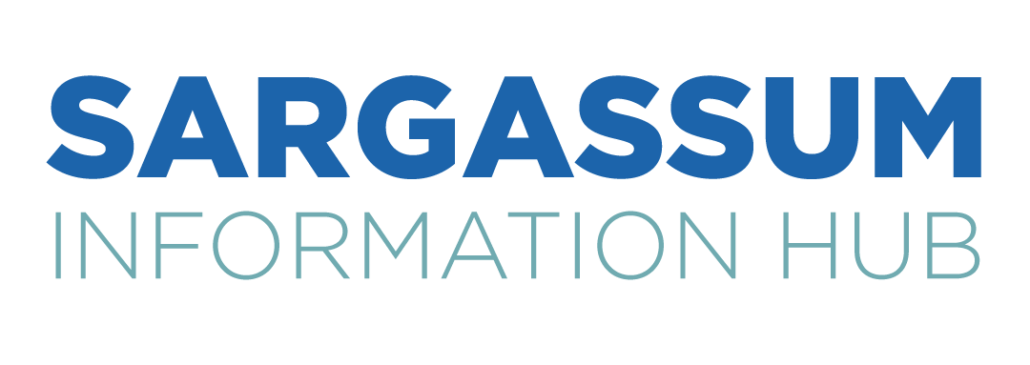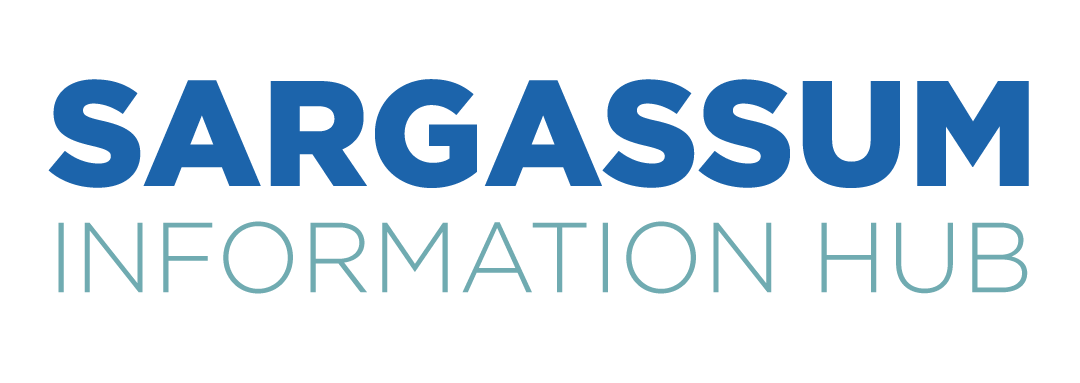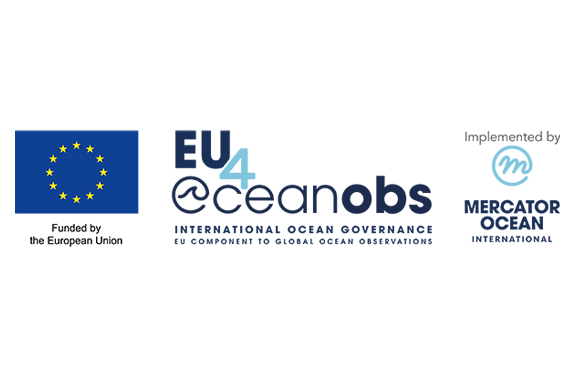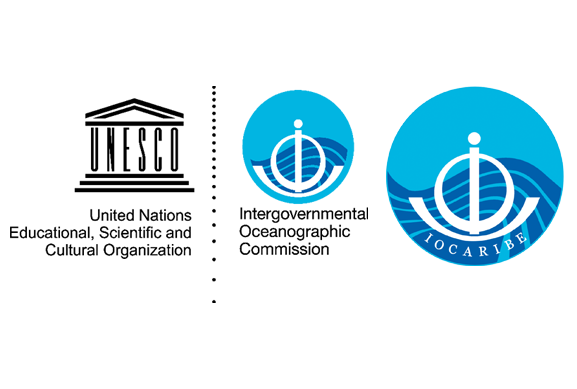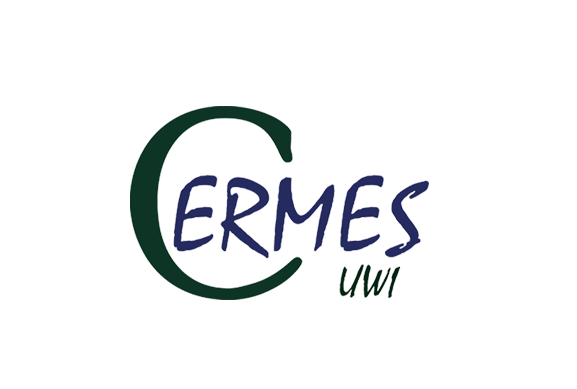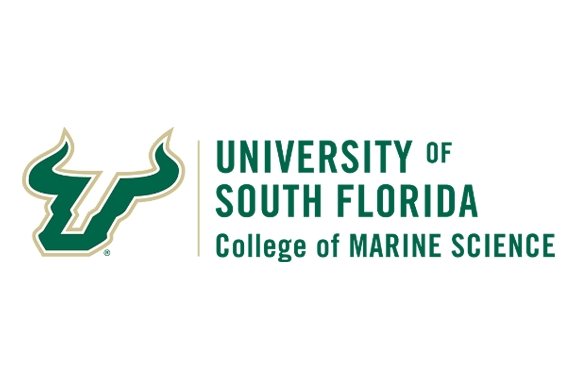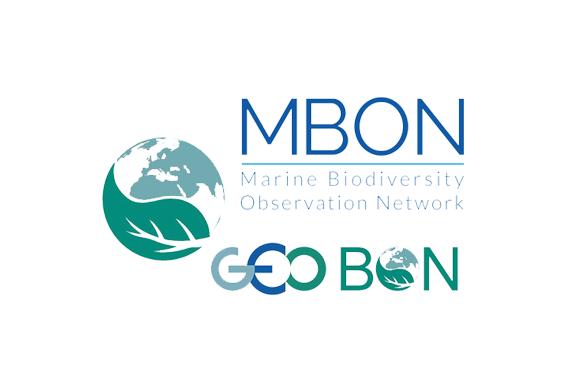Country / Region
Ongoing efforts
Info
Researchers at the University of Ghana (Institute for Environment and Sanitation Studies, and the Department of Marine and Fisheries Sciences) under the SARTRAC (Teleconnected SARgassum risks across the Atlantic: building capacity for TRansformational Adaptation in the Caribbean and West Africa) project funded by UKRI GCRF have been investigating the frequency of occurrence, densities, biology, development of early warning systems, and the impact of sargassum on Ghana’s fisheries. The capacity for sargassum research is being developed to grow innovation in its utilization.
Currently, it is only viewed as a menace and complete waste by coastal dwellers and those along the fisheries value chain who are directly impacted by the influx. Those along the fisheries value chain have reported financial losses due to damage to nets and outboard motors and other fishing gear, reduction in fish catch due to reduced fishing periods and fish processors have reported shorter shelf-life of fish caught during sargassum influx.
Reports indicate that coastal dwellers and the hospitality industry currently manage the influx in several ways; digging and burying landed sargassum, especially for the hospitality industry, and leaving it to decompose and dry on the beach by coastal inhabitants. There is no specific policy on the management of sargassum.
Below are pictures that were taken in 2020 and 2021 in Beyin, Esiama, and Sanzule in the Western Region of Ghana.
Written by Winnie N. A. Sowah (PhD)
